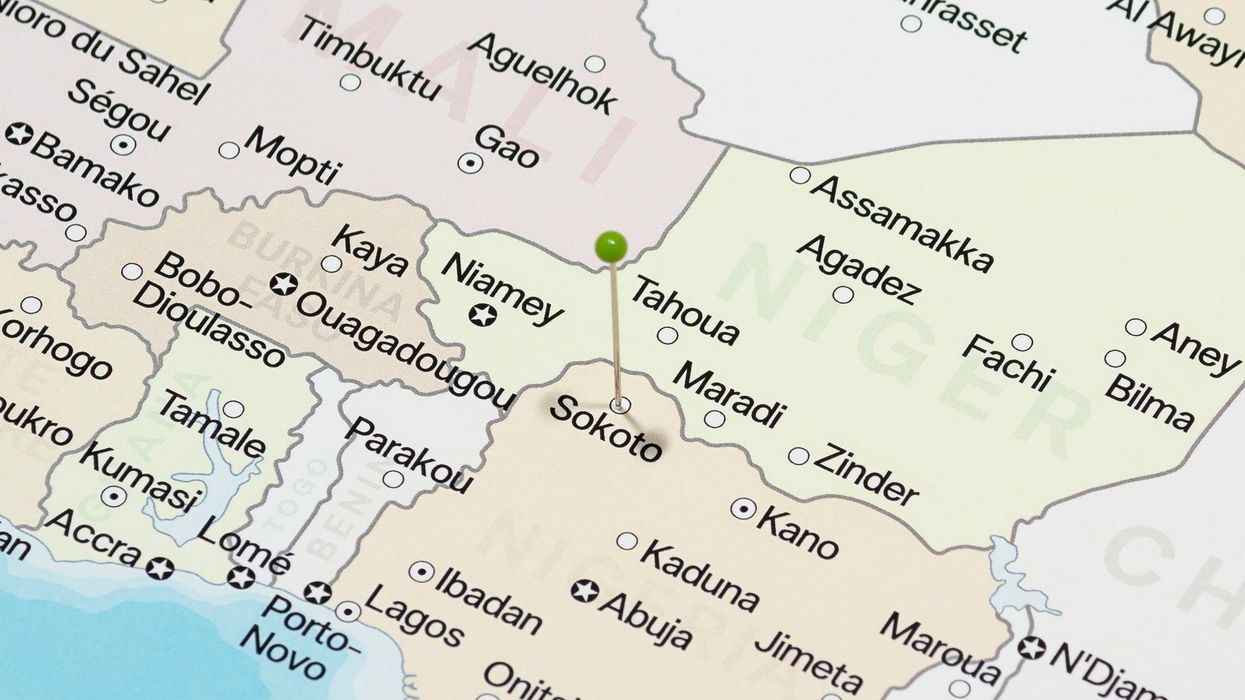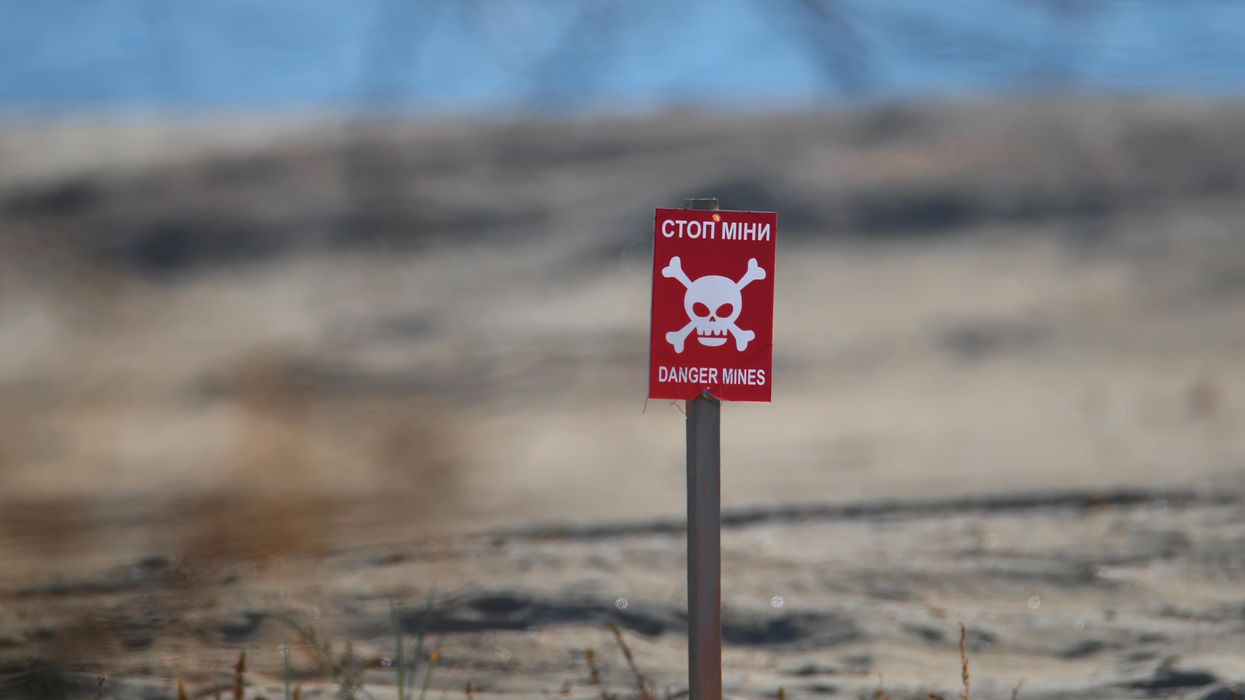A top U.S. military general wants a "Marshall Plan" for Latin America but is likely more concerned about China's encroachment into America's backyard with "dual use" infrastructure than about what poor people in the Global South actually need.
But then again, Gen. Laura Richardson, SOUTHCOM commander, is a military officer, not a diplomat or humanitarian program lead at USAID.
Richardson told an audience at the Aspen Security Forum last week that the U.S. has been MIA in the region while Russia and especially China has been exploiting the post-COVID economic downturn with both military outreach (Russia recently in Cuba) and development projects (Beijing's Belt and Road). That is why Washington needs to offer its own "Marshall Plan" to Latin America, which it views as it its own sphere of influence.
She said 22 of the 31 countries in the region have signed on to the Belt and Road development program.
“How are we competing Team USA and Team Democracy with the tenders that are coming out from [other] countries? How are we getting our U.S. quality investment and talking about our U.S. companies investing in the region? We have a lot of companies in the region. I don’t think we’re branding Team USA as we should. It should be better. We’ve got to be bragging about what U.S. quality investment does,” she said.
The Marshall Plan, proposed by Secretary of State George C. Marshall in a speech at Harvard University in 1947, was launched by President Harry S. Truman in 1948 to help Europe rebuild after World War II. The plan provided $13.3 billion in aid to 16 countries through 1951, about $150 billion in today's dollars.
“I really believe that economic security and national security are going hand-in-hand here in this hemisphere,” she said.
Security of course, is the optimal word here. "If (Belt and Road is) for doing good in the hemisphere, then I’m all for it. But it makes me a little suspicious when it’s in the critical infrastructure … deep water ports, 5G, cybersecurity, energy, space … I worry about the dual use nature of that,” Richardson said.
“These are state-owned enterprises by a communist government and I’m worried about the flipping of that to a military application very quickly if something were to happen, maybe in the Indo-Pacom region,” she said.
Therein lies the crux of the situation. On one hand she is absolutely right. As in Africa, Global South countries are reacting to economic outreach from China and Russia because a) they need it and America (private nor public) isn't in the game and b) help from China and Russia doesn't appear to come with as many strings as U.S. assistance might demand. She may also be on point that there are a dearth of high-level visits and attention to the region, giving the very real impression that Latin America is an afterthought.
But we should also ask why the military is taking the lead on asking the real questions here. Where are the diplomats? Is this just another argument for putting more military eyes and assets in the region?
Richardson is right to raise the issue: it is past time that Washington stop whining about China's influence and apply some elbow grease to nurturing productive relations with its neighbors that aren't just about military or political ideological influence. In other words, a two-way street, that if paved well, will mean security and prosperity for everyone. But we should also ask why the military is taking the lead on asking the real questions here, and who, in the end will be providing the answers.
- The tedious China scare in Latin America ›
- Russian warships are in Cuba, try not to overreact ›
- The elusive Chinese boogeyman in Latin America ›
- Latin America's hidden role in shaping US foreign policy | Responsible Statecraft ›
- How US incompetence empowers China in Latin America | Responsible Statecraft ›
















